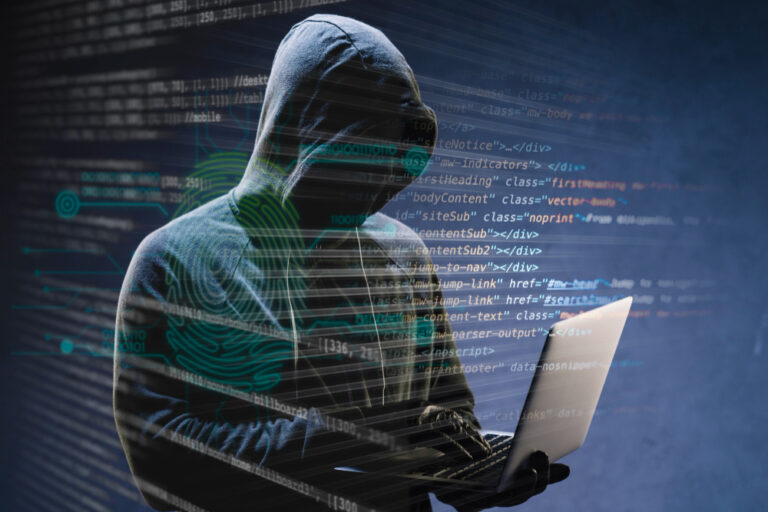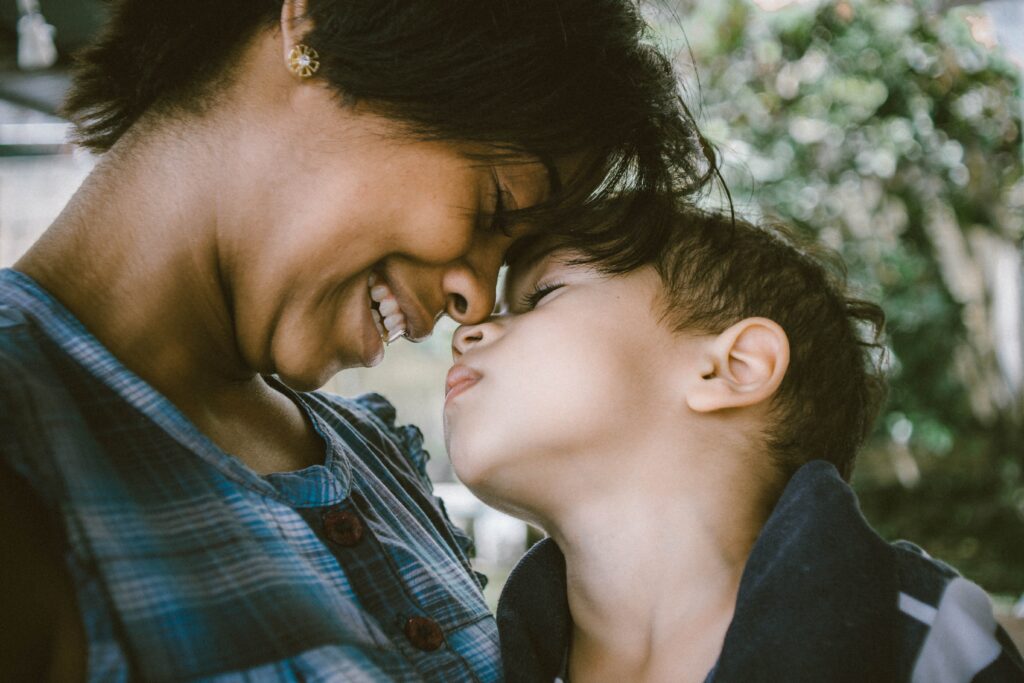Every year, millions of young people around the world experience violence and abuse, with devastating consequences for their physical and mental health. In Indonesia alone, one in three children face violence in their lifetime, highlighting the urgent need for effective awareness initiatives.
The Importance of Youth Awareness
Youth violence and abuse are pressing issues that demand immediate attention. According to the World Health Organization, nearly one billion children aged 2-17 years have experienced physical, sexual, or emotional violence or neglect in the past year. This crisis is evident in Indonesia, where a cross-sectional survey conducted in 2017 revealed that 78.7% of adolescents experienced violence, with 43.1% encountering at least one incidence of physical violence, 12.2% facing verbal violence, and 4.5% suffering from sexual violence.
The broader impacts of youth violence and abuse extend beyond the immediate victims. These issues contribute to long-term social and economic problems, including increased healthcare costs, lost productivity, and a higher likelihood of criminal behavior among affected individuals. Communities also suffer from the ripple effects of violence, leading to reduced social cohesion and heightened fear.
The psychological impact of violence and abuse on young people is profound. Victims often experience a range of mental health issues, including depression, anxiety, post-traumatic stress disorder (PTSD), and suicidal ideation. These psychological scars can persist into adulthood, affecting educational attainment, employment prospects, and overall quality of life.
Key Awareness Initiatives

School Programs
Effective school-based programs are crucial in educating students about violence and abuse prevention. Schools and after-school programs play a critical role in teaching students about the signs of abuse, ways to seek help, and how to support peers who may be experiencing violence.
A great example is our program Cyber Safety for Safety, which has safeguarded over 15,000+ children by integrating online safety curriculums into schools’ regular teaching modules. This ensures that children consistently receive education in digital safety and literacy. Programs like these typically include interactive activities, role-playing, and discussions to help students recognize and respond to signs of abuse.
Parental Education
Educating parents and caregivers is essential in the fight against youth violence and abuse. Parenting programs that teach effective communication, positive discipline strategies, and the signs of abuse can empower parents to create safer home environments. An example of such a program can be seen through our training for parents and teachers efforts, where we equip both parents and teachers with the knowledge and tools necessary to foster a safer, more inclusive learning environment. Resources such as workshops, support groups, and online materials can give parents the tools to protect their children.
The Role of Social Media and Videos

Visual content, including videos, can be a powerful tool for spreading awareness about violence and abuse. Videos can easily capture attention, evoke emotions, and convey complex messages. With their vast reach and engagement potential, social media platforms provide an ideal medium for sharing these videos.
Successful social media campaigns have demonstrated the impact of visual content in raising awareness. For instance, the #MeToo movement used powerful testimonial videos to highlight the prevalence of sexual harassment and assault, leading to widespread public awareness and policy changes. Similarly, campaigns like UNICEF’s #ENDviolence initiative have used compelling videos to advocate for an end to violence against children.
Social Media Awareness Campaigns
Platforms like Instagram, TikTok, and Twitter are incredibly effective for spreading messages about preventing violence and abuse, sharing resources, and promoting positive behavior among youth. On Instagram, infographics and short video clips can quickly convey important information. TikTok’s short, engaging videos can reach a broad audience, especially among younger users, while Twitter can be used for quick updates and sharing resources.
To create engaging and informative videos for social media, it is essential to focus on storytelling, authenticity, and clear calls to action. Here are some video content suggestions and tools to enhance the process: Here are some video content suggestions and tools to enhance the process:
- Storytelling Videos: Share real-life stories of individuals who have overcome violence and abuse. These can be interviews or narrative videos. Video editor can help you organize clips, add transitions, and ensure the video flows smoothly.
- Educational Videos: Create short, informative clips explaining the signs of abuse, how to seek help, and ways to support peers. Screen recorders can capture presentations or informational content from your computer screen, which can then be edited into educational videos.
- Awareness Campaign Videos: Develop videos that promote specific campaigns or initiatives, incorporating graphics, statistics, and compelling visuals. Video compressors can reduce the file size of high-quality videos without sacrificing too much quality, making them easier to upload and share on social media.
Collaborative Efforts
Government and NGO Support
Government agencies and non-governmental organizations (NGOs) support is critical in sustaining awareness initiatives. Governments can implement policies and allocate funding to support prevention programs, while NGOs can provide expertise, resources, and grassroots connections. Collaboration between these entities can amplify efforts and ensure comprehensive support for youth.
Youth-Led Initiatives
Encouraging youth to take the lead in awareness initiatives can be highly effective. Young people are more likely to engage with and trust messages delivered by their peers. Youth-led campaigns, peer education programs, and social media takeovers can empower young people to be active participants in preventing violence and abuse.
Measuring the Impact
Highlighting success stories can demonstrate the effectiveness of awareness initiatives and inspire further action. For example, a study showed that intervention through training for teachers and parents resulted in a 77% reduction in observed bullying incidents. Additionally, the implementation of our cyber safety curriculum in schools has led to significant improvements in online navigation. Notably, 95% of students reported using the new safety practices they learned, and 85% felt more confident in reporting online abuse. Sharing successes like this can motivate communities to adopt similar strategies and reinforce the importance of continued efforts.

Call to Action
The fight against youth violence and abuse requires collective action from individuals, communities, and organizations. By getting involved in awareness initiatives, sharing information on social media, and supporting effective programs, we can create a safer environment for young people. Together, we can empower youth to lead lives free from violence and abuse, fostering a healthier and more just society for all.




